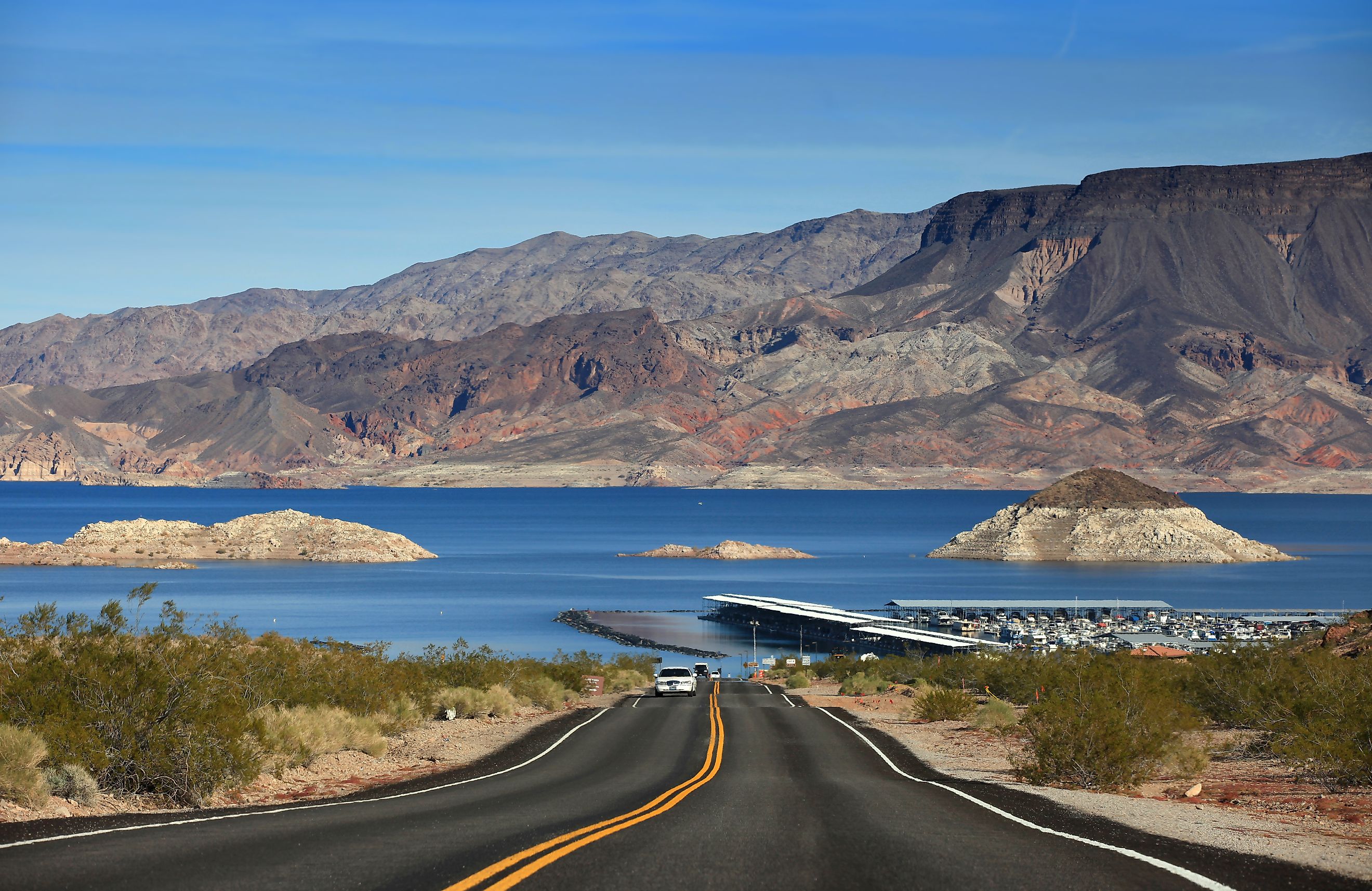
3 US Lakes That Are Drying Up Fast
There are many lakes around the world that are drying up. This is a huge problem, because not only does it affect the environment, but it also affects the people and animals that rely on the lake for their livelihood or sustenance.
Here is a list of three lakes that are in danger of disappearing completely.
First, Why Are Lakes Drying Up?

Across the region, lakes are drying up due to a combination of drought, increased demand for water, and changing precipitation patterns.
In the last two decades, over two hundred small lakes have dried up in the United States. This trend is likely to continue as the climate continues to warm.
The western United States has been in a prolonged drought for over a decade. This has led to less water available for lakes.
Also, as populations have grown, so has the demand for water. This has led to more water being withdrawn from lakes for consumptive uses such as irrigation and domestic use.
Finally, changing precipitation patterns are also playing a role in the decline of lakes. As the climate warms, there is less snowfall in the mountains. This means that less water is available to feed into lakes during the spring and summer months.
Consequences Of Our Lakes Drying Up

The drying of lakes has far-reaching consequences. Lake ecosystems are complex and provide many benefits to humans and wildlife. As lakes dry up, these benefits are lost. Fish populations decline as their habitats disappear. Wetland habitats are lost as well. These habitats are important for migrating birds and other wildlife.
The loss of lakes also impacts people who live in nearby communities. Lakes provide recreation opportunities such as fishing, swimming, and boating. They also attract tourists which can boost local economies. As lakes dry up, these benefits are lost.
Lakes In The US That Are Drying Up
Lake Mead, Nevada, and Arizona

Lake Mead, the biggest reservoir in the United States, is drying up. The effects of this are far-reaching and threaten the stability of the entire Southwest region. Lake Mead provides water to nearly 20 million people in Arizona, Nevada, and California. It also generates hydroelectric power for millions more.
The Colorado River, which feeds Lake Mead, has been in a state of drought for over a decade. The river basin has seen below-average rainfall for 16 consecutive years. As a result, lake Mead has lost over 30 percent of its total volume. If the current trend continues, the lake will be dry within two decades.
The consequences of this would be catastrophic. The loss of such a major source of water would devastate communities and cause widespread economic hardship. Hydroelectric power plants would be forced to close, costing thousands of jobs. And the ecological damage would be irreversible.
Great Salt Lake, Utah

The reason for the Great Salt Lake drying up is because the lake's tributaries have been diverted for irrigation and other uses. This has caused the water level to drop by about four feet since 2016. The lake is now at its lowest level since 1847.
The shrinking of the Great Salt Lake has serious consequences. The lake is a vital part of the local ecosystem and provides a habitat for many species of birds and fish. The loss of water also hurts the local economy, as the lake is a popular destination for recreation and tourism.
The good news is that there are efforts underway to try to save the Great Salt Lake. One proposal is to build a pipeline that would bring water from the Bear River into the lake. This would help to replenish the water that has been lost.
Walker Lake, Nevada

The once vast and deep lake is now a shadow of its former self, and scientists believe that it could be completely dry within the next few decades.
The reasons for the lake's decline are many, but the main one is simple: there's not enough water flowing into it to replace what's being lost through evaporation. And as the climate continues to warm, that evaporation is only going to increase.
There are other factors at play too, including the fact that Walker Lake is located in a "basin" - meaning that it doesn't have an outlet to another body of water. This means that all of the inflowing water has nowhere to go but evaporate.
The decline of Walker Lake is a tragedy, not just for the local community but for the ecosystem as a whole. The lake is home to native fish species that are now at risk of extinction, and its loss would be a devastating blow to the area's biodiversity.
But it's not all doom and gloom! There are things that can be done to slow the lake's decline, including working to reduce evaporation by planting trees around the shoreline. And even if the lake does eventually dry up completely, it could one day be restored - albeit with a lot of hard work and dedication.
In Summary
Lakes drying up is a huge problem all over the world, including in the US, and it’s happening faster than we thought it would. If you want to help out, share this article with your friends and family, or leave a comment below with your tips on how we can save these lakes!











